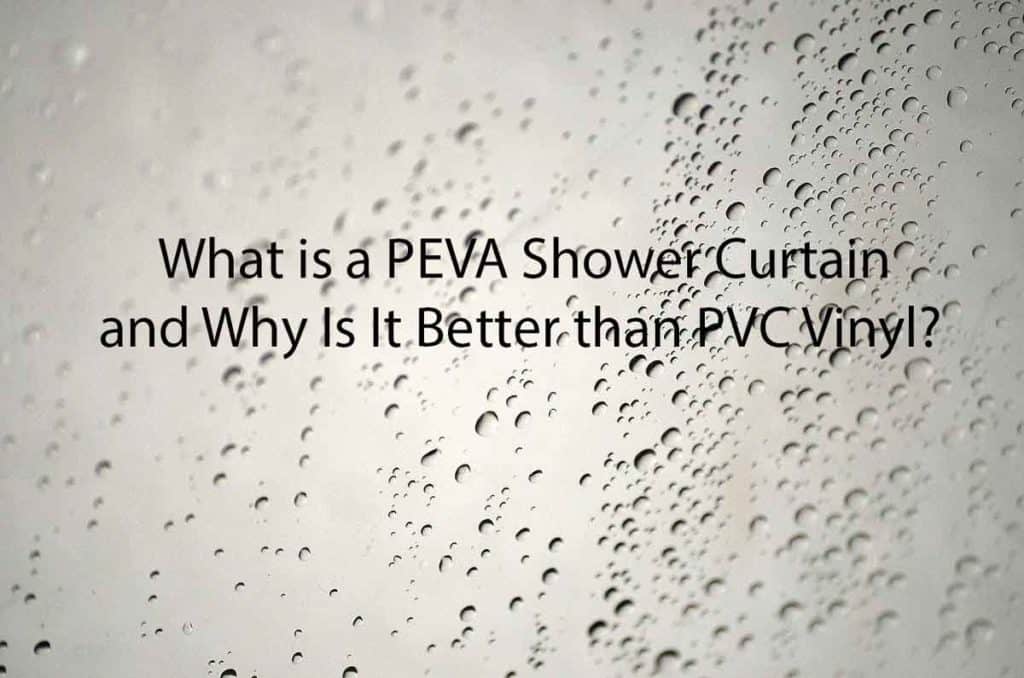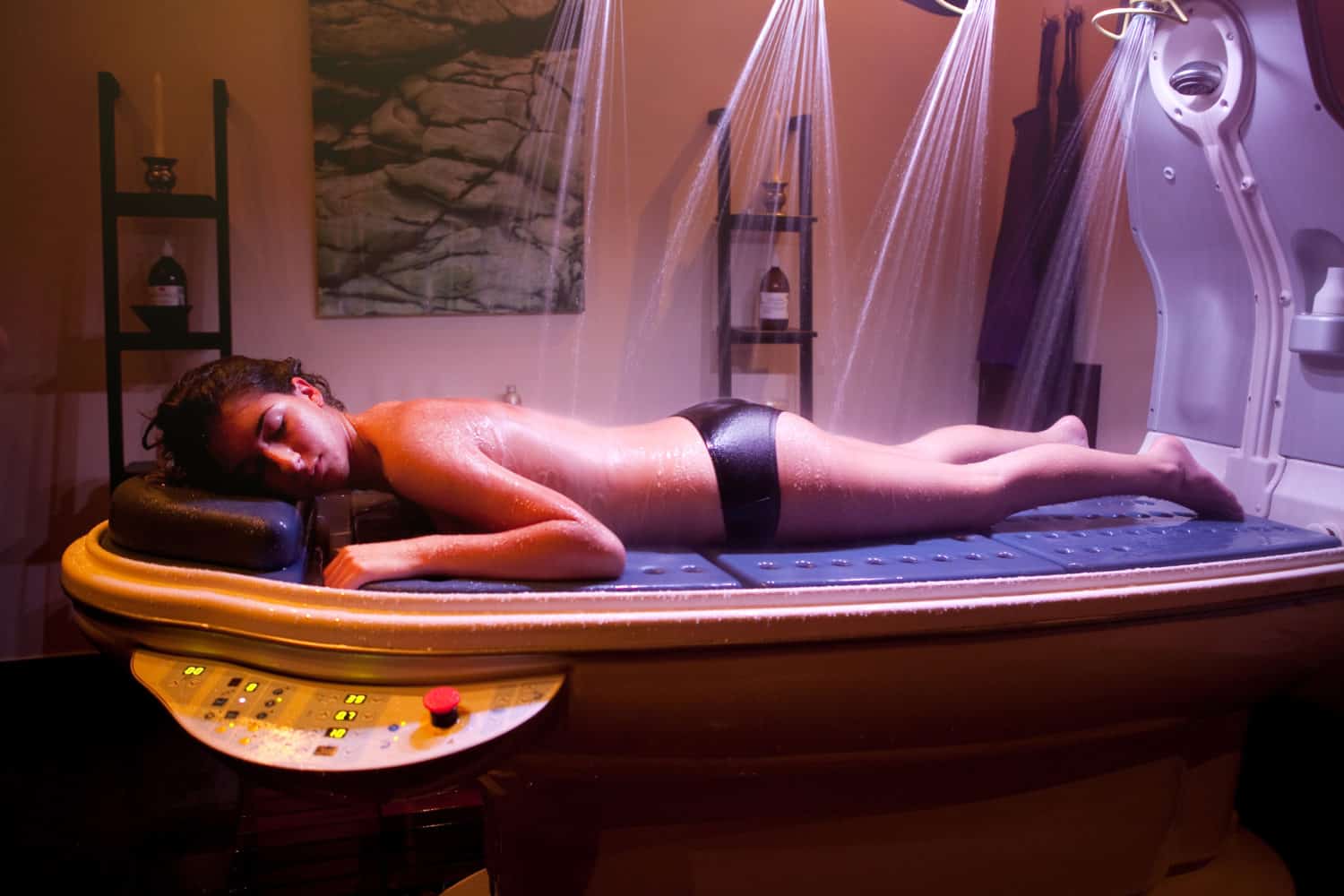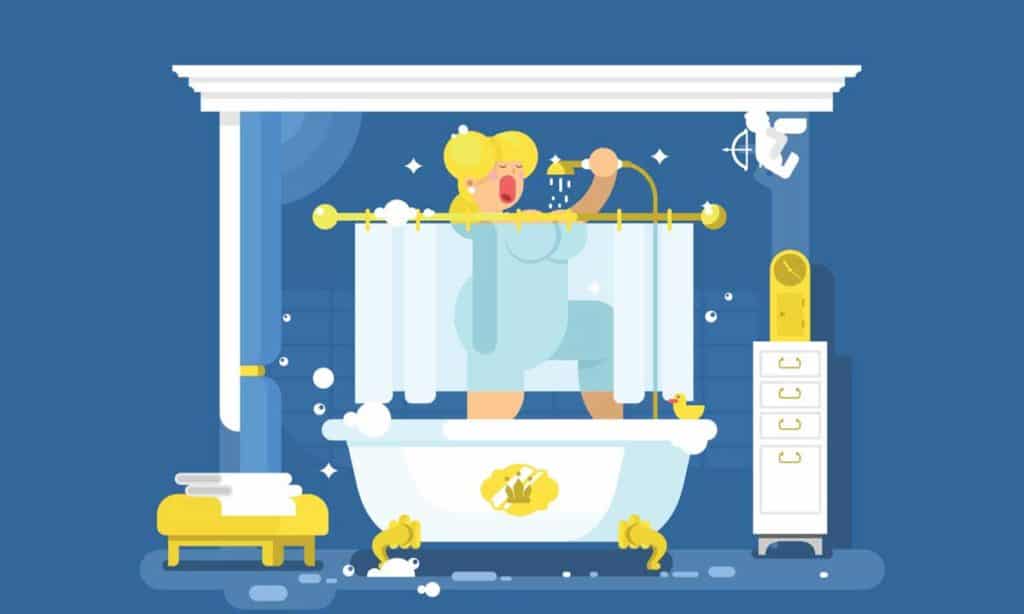The look and feel of your new bathroom will largely depend on your new shower wall, so it’s important to take your time to consider which option will make you feel the most comfortable and relaxed each time you take a rejuvenating shower.
Whether you prioritize cost, aesthetics, ease of maintenance or ease of installation, one of these options is sure to be the best fit for your bathroom.
Contents
Prefabricated Shower Unit (Acrylic or Fiberglass)
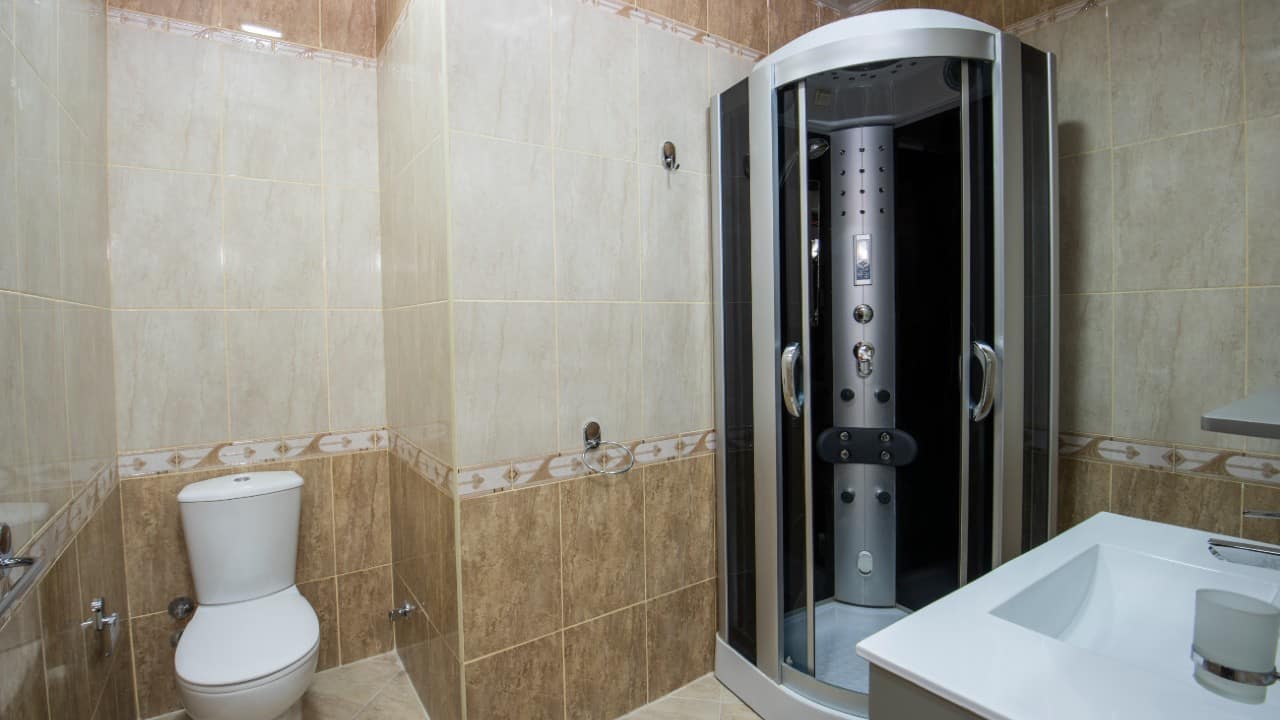
If you are looking for an efficient, budget-friendly solution, a prefabricated acrylic or fiberglass shower unit may be the best option. These types of showers are molded in a factory, so most of the hard work is already done for you.
If you go with this option, the unit will arrive at your doorstep in one or more pieces, and all that is left for you to do is to assemble the parts. Installing the unit shouldn’t take more than a couple of hours. Laying a tile shower wall takes much longer, up to several days, and it can get quite messy.
There are several types of prefabricated shower units:
Wall kit: If you don’t want to buy a kit that includes doors and a shower pan, you can get a kit that includes wall pieces only. Such kits are really easy to install, but you will need to find a matching material for the shower floor.
Multiple-part shower kit: This type of kit includes a wall piece (or pieces), doors, and a shower pan. When you assemble the components, you’ll get a smooth, watertight surface for your bathroom. If you have some DIY experience, the installation should be easy.
One-piece unit: This unit comes with very few joints, since it’s one complete unit. The advantage of such units is the fact that they are less likely to develop mold than other types of shower units.
However, if you have a standard-sized door in your bathroom, it might not fit trough, so make sure to check the measurements if you are considering buying such a unit.
Also, transportation can be a pain in the neck. But, if you’ve ever had to deal with mold in your shower, a one-piece unit is definitely worth considering.
If you want a modern, minimalist feel in your bathroom, an acrylic or fiberglass shower unit is a solid choice. They come in a few different colors, but white is by far the most common option. However, if you want your prefab shower unit to better match your bathroom’s color scheme, you can paint it.
Acrylic vs Fiberglass
Acrylic and fiberglass look very similar, but there are some considerable differences between the two materials.
Acrylic shower walls are made from large sheets of acrylic, but they are reinforced with resin and glass fibers. A resin and glass fiber mixture lends the unit durability.
Fiberglass is a molded mixture of polyester resin and woven glass fibers. Acrylic shower walls last longer than fiberglass walls, but they are also more expensive.
Acrylic shower walls are more resistant to punctures and scratches. Fiberglass, on the other hand, is more susceptible to scratches, but is cheaper to repair. It is really easy to patch up.
Fiberglass shower walls will lose some of their luster over time, as they are prone to color loss. So, if you’re not on a really tight budget, it’s best to consider other options.
Porcelain and Ceramic Tiles
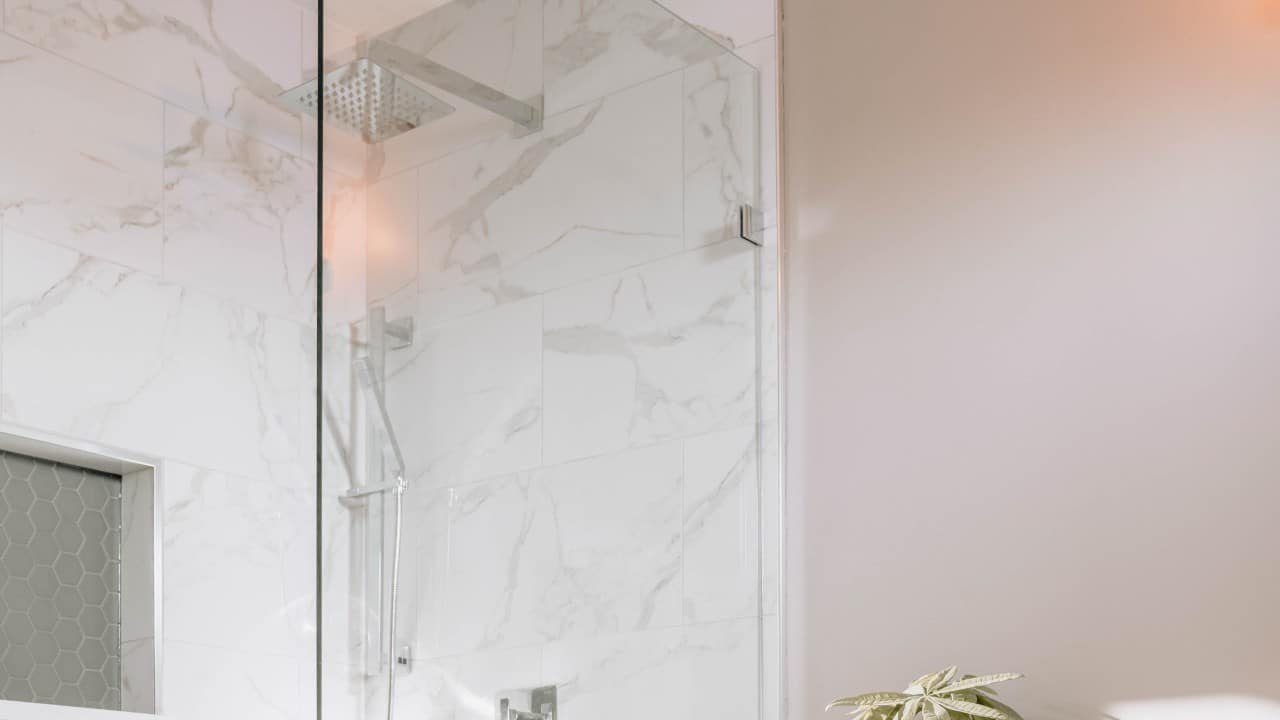
Porcelain or ceramic tiles may be the best option for those who want to give their imagination free reign. Porcelain and ceramic tiles come in all shapes and sizes. With all the patterns, textures and colors available, you can rest assured that you’ll find the right look for your shower.
You can choose to tile your shower with a single, neutral color or you can mix and match different tiles to create a unique style of your own. Tiling your shower is more expensive than installing a prefab shower, but tiles offer a classier look.
If your home boasts traditional decor schemes, tiling your shower may be the best option. It’s also the best option for older homes.
As tiles are highly resistant to staining and water, they offer easy maintenance. Tiles, as well as the grout and caulk between them, are easy to keep clean.
But, to prevent mold from growing in your shower, you will have to clean the grout and caulk regularly. And, if mold appears, you might need to replace the grout.
Repairing tiles is easy—all you need to do is replace the damaged ones. However, finding the exact match can be tricky, so make sure to save a few extra tiles after installation.
Porcelain vs Ceramic
Many think ceramic and porcelain are the same thing, but there are some differences between the two. Ceramic is softer, more affordable, less dense, and more porous. It’s also easier to cut than porcelain. Ceramic can be made of brown, white, or red clay.
Porcelain is a blend of feldspar, sand, and white clay. It’s a subtype of ceramic. It contains less water content than ceramic as it’s baked at a higher temperature. As a result, it is more expensive but also denser, harder, and less porous. Quality porcelain tiles can last for several decades.
Ceramic and porcelain tiles are generally more affordable than stone tiles. If you’re used to doing DIY work, laying tiles should be within your reach, but do know that it can get messy.
Glass Tiles
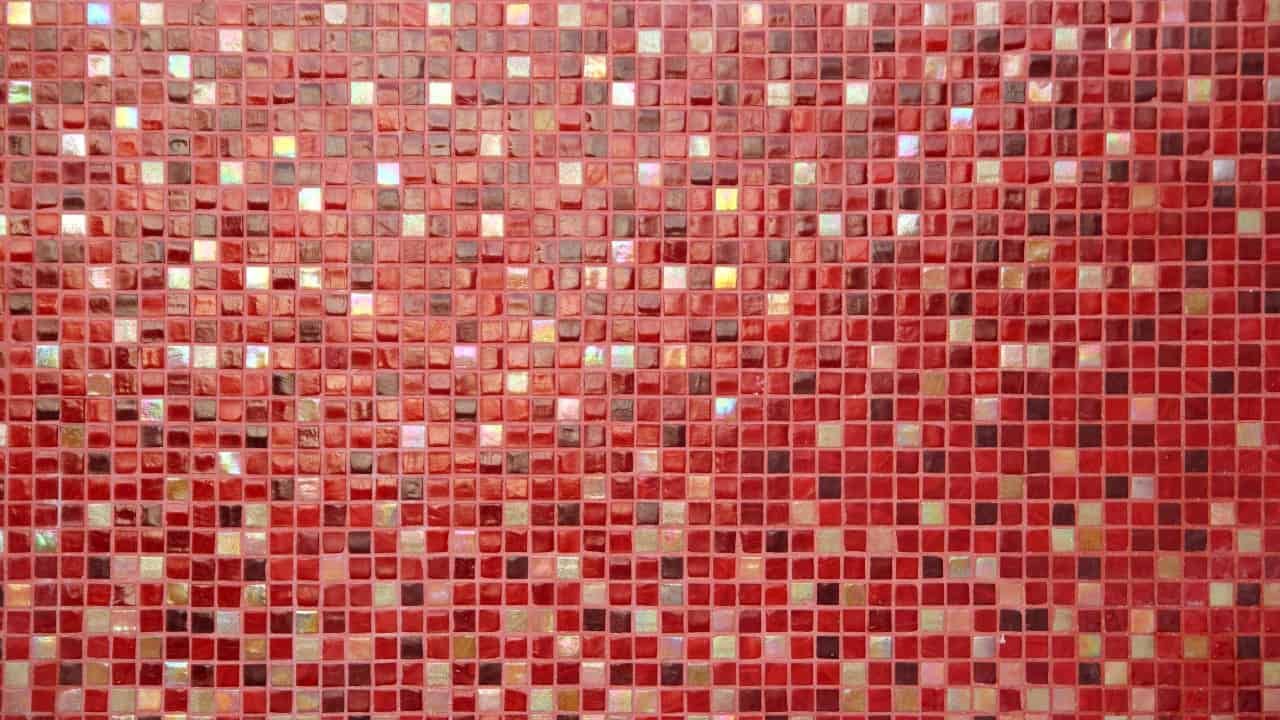
Glass tiles are mostly used in spas, kitchens, pools, and bathrooms. Glass tile can make for a great shower wall in your bathroom, especially if you are a DIYer with an artistic proclivity. You can use glass tiles to create a one-of-a-kind mosaic on your bathroom wall.
However, installing glass tiles can be challenging, so, unless you are an experienced DIY enthusiast, it’s best to hire a professional to help you out.
Just like ceramic and porcelain tiles, glass tiles come in a wide variety of colors and sizes. But, glass tile is also more expensive than ceramic and porcelain. If you like the look of glass tiles, but consider them to be too expensive, you can combine them with porcelain or glass tiles.
Stone Tiles
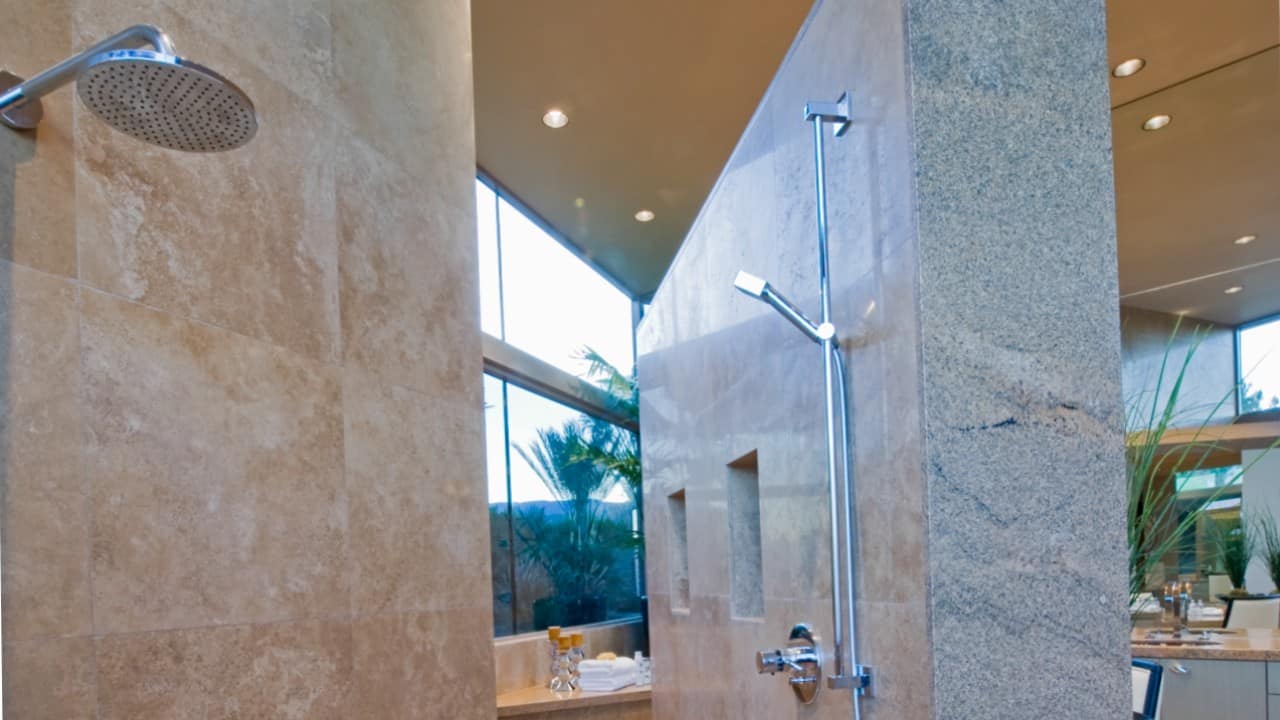
Natural stone tile may be the best option for those who are going for a luxurious look. Stone tiles can fit in well with other natural elements, such as brass. They can work with both rustic and contemporary decor schemes.
Each type of stone tile has its own natural coloring and patterns. Generally, stone tiles have a flossy or matte finish. Smooth stone tiles offer a sleek, contemporary look while rough stone can be used to add texture to a primarily smooth surface.
While stone tiles have a more upscale look than glass, ceramic, or porcelain tiles, they are not as practical. Natural stone is more porous than other types of tile, so it absorbs water, grime, soap, and minerals more readily.
To prevent this from happening, stone tiles are sealed during installation. But, you will need to reseal the stone tiles every 1 to 5 years, depending on the type of stone. However, sealing can be an easy DIY task. Aside from that, stone tiles are really easy to clean and maintain.
Granite, marble, slate, onyx, and travertine are some of the most popular choices. Each type of stone tile has its own pros and cons.
Travertine is easy to cut. It’s best known for its rich color. However, travertine is susceptible to stains and scratches.
Slate is a bit difficult to install, but it’s naturally layered structure makes it one of the most durable shower wall options. Marble is prone to staining, so you’ll have to clean it more often, but its opulent look makes it well worth it. (You can buy here at AA Marble & Granite countertops)
Stone is very durable, but it won’t necessarily last longer than high-end porcelain or ceramic tiles. The only significant advantage stone has over the other shower wall materials is its aesthetics.
Laminated Shower Walls
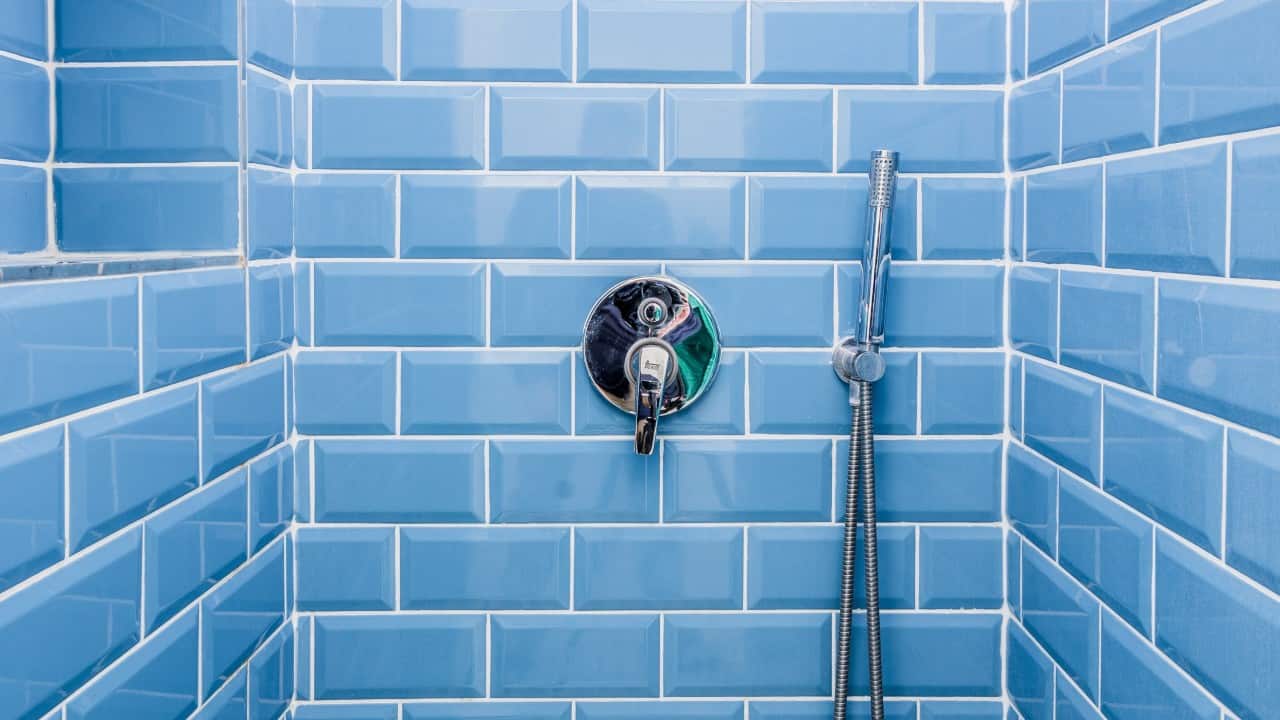
Ceramic tiles look great, but, for some people, potentially having to deal with mold growth on the grout is simply not worth it.
Laminated shower panels may be the next best thing, as they can look and feel like ceramic tiles, but are much easier to clean. And, since they don’t use real grout, you won’t have to worry about mold.
However, laminate shower walls also come as single sheets. There’s a variety of options to choose from. For instance, you can go with a more traditional look or a high-gloss, glass-like finish.
Laminated shower walls are fairly new in North America, but they’ve been popular in Scandinavian countries for quite a while. Perhaps what makes them so popular is the fact that they require almost no maintenance at all.
They are easy to install and you can clean them with a cleaning cloth and a bit of warm water—no scrub brush required. While laminated shower wall panels are DIY friendly, there are a few things you should be aware of.
You can’t lay laminated shower walls directly on drywall, you’ll have to install a layer of MDF first. And, unlike molded shower enclosures, you can’t bend laminated shower pieces, so you’ll have to cut individual pieces to make them fit edges or corners.
Takeaway
If you are looking for a simple and easy-to-install shower wall, a prefab shower unit is a budget-friendly option that’s worth considering.
Porcelain, ceramic, and glass tiles cost a bit more and require more maintenance, but they are a quality, durable solution that will give your bathroom an elegant, timeless look. If you’re going for something more luxurious, natural stone tile is your best bet.
For those that want to try out something new, a laminated shower wall may be the best choice. Waterproof laminated panels look like ceramic tile, but they offer the convenience of acrylic.
If you want to make sure your new shower wall will add character to your renovated bathroom and turn it into a relaxing escape, take some time to consider the pros and cons of each of these options.
While you are at it, you may want to replace your shower curtain with a PEVA curtain. I’ve written a post for those wondering what is PEVA. Check out my post on the best extra long shower curtains as well.

